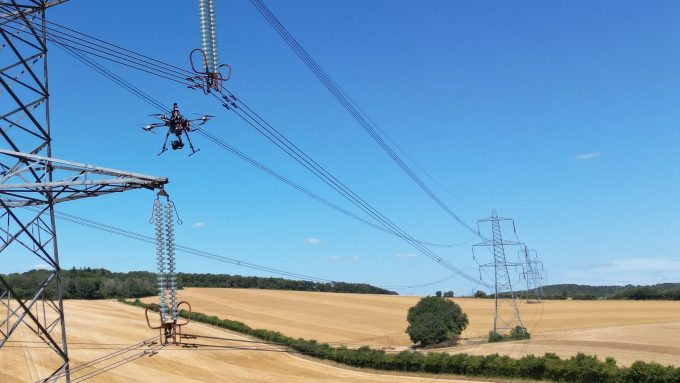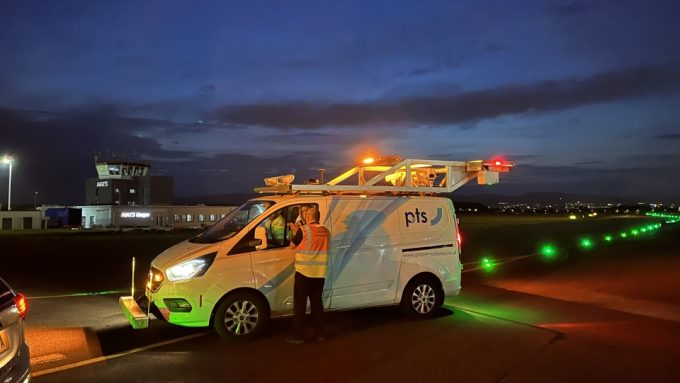
Smart Cane inventor helps visually impaired people navigate transport hubs

Eight out of ten companies taking part in year three of the Future of Air Mobility Accelerator say they expect to increase revenues in the long run as a direct result of participating in the programme.
In addition, two thirds of the SMEs surveyed agree that the accelerator helped to create connections that were essential to help develop their solutions. The same proportion also reported a belief they would have been unable to secure a trial at a live airport without help from the programme, and that the accelerator helped them to create jobs.
One SME to have taken part in the Future of Air Mobility Accelerator is WeWALK, which has developed a smart white cane to help visually impaired people navigate busy streets and public transport interchanges such as airports.
Its technology was tested at Gatwick Airport as part of the programme, where volunteers were asked to navigate themselves between the railway station and their check-in gate.
“There are 253 million visually impaired people worldwide. The standard white cane is a symbol of our independence, but doesn't really tell the user much more than what's on the ground in front of them.”Dr Jean Marc Feghali, chief innovation officer, WeWALK
“Through our team’s lived and professional experience of visual impairment, we realised that, with the right technology, we could do much more. So we took a standard white cane, chopped off the rubber handle and replaced it with our new handle which has technology built inside.” Jean Marc and colleagues have developed over 360 iterations of their smart cane, before arriving at their final prototype.
The Smart Cane features an obstacle detection sensor, which uses an ultrasonic beam to identify objects immediately in front of the user, such as low hanging tree branches, revolving doors or street furniture. The cane emits a beeping sound that increases in intensity the closer the pedestrian gets to the obstacle, and the handle also vibrates.
A smartphone app can also be used with the cane, where the user can pre-programme a route. In addition, the device provides turn by turn instructions, or journey information such as where the nearest bus or train station is located, and when the next service is due to depart. Voice recognition and artificial intelligence are also used to provide details of places of interest to visit nearby.
The company has also created a service called WeASSIST, where visually impaired users can use a WeWALK app to connect to professionally trained sighted guides via video feed. At the airport, sighted guides trained by the Royal National Institute of Blind People provided extensive guidance for passengers who require assistance.

Impact of the Catapult
“The Future of Air Mobility programme allowed us to take our existing WeASSIST service and validate it through a test period,” Jean Marc adds. “We created a robust evidence package, which we're now taking to other venue operators.
“Getting such a comprehensive trial to work in an airport environment takes time and effort, plus commercial and technical expertise. Through the accelerator, we were able to do this within a six-month period and deliver results that will have a lasting impact on our organisation. The system is available at several international airports, and we're continuing to expand our service to other transport operators.”
He adds that Connected Places Catapult’s support helped the company to scope an effective trial plan, so that it could deliver a product that works.
“From a technical perspective, they helped us to identify the service level requirements based on user need. From a commercial perspective too, we were able to build a long-term roadmap for how we could take WeASSIST from trial and create a truly sustainable long-term business.”
Find out more about year three of the Future of Air Mobility Accelerator.
Read about the work of another SME involved in the programme.





